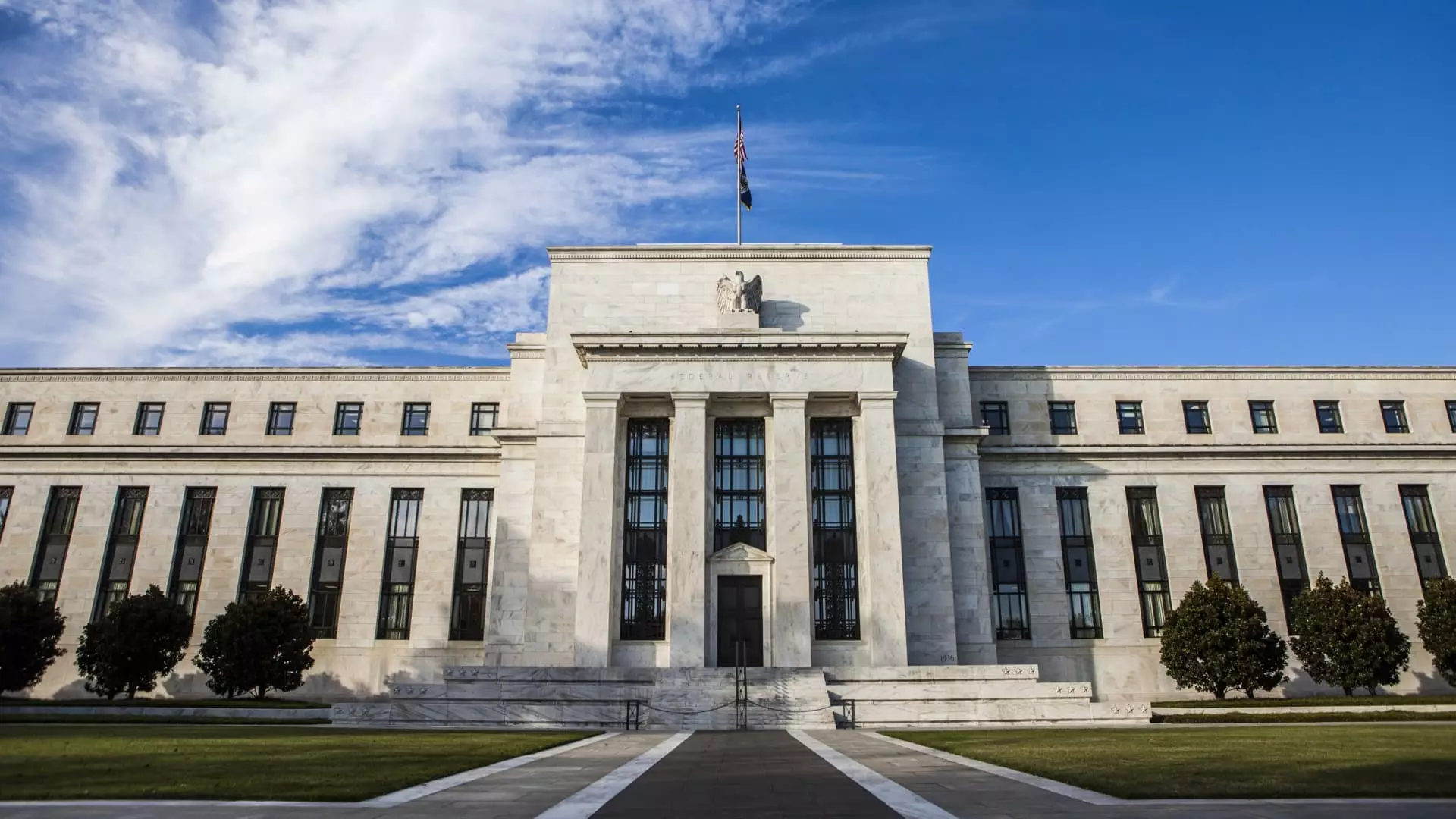As of now, the Federal Reserve has opted to maintain steady interest rates amid a backdrop of persistent inflationary pressures and growing consumer discontent. This decision comes despite recent calls from political figures, notably former President Donald Trump, demanding immediate reductions in rates to alleviate what he deems a detrimental economic climate. With the Fed having escalated its benchmark interest rate by 5.25 percentage points between 2022 and 2023, the ongoing battle against inflation—still exceeding the institution’s 2% target—remains a pressing challenge.
For consumers grappling with elevated living costs and borrowing expenses, the Fed’s decision does not provide the immediate relief many were hoping for. Financial analysts, such as LendingTree’s Chief Credit Analyst Matt Schulz, emphasize that hoping for a sudden pivot from the Fed is unrealistic. This sentiment illustrates a growing disconnect between political advocacy for economic change and the Federal Reserve’s more cautious approach to monetary policy.
At the heart of this economic landscape is the federal funds rate, the interest rate at which banks lend to one another. While this rate does not directly determine consumer borrowing costs, it significantly influences them. For example, lower federal rates generally lead to reduced borrowing costs for various loans, from mortgages to credit cards. However, the gap between Fed actions and consumer experiences often creates a lag, with institutions frequently slow to adjust credit card rates in response to cuts.
Currently, average credit card rates hover around an alarming 20%, raising concerns about consumer debt management. According to Bankrate’s Chief Financial Analyst Greg McBride, there is typically a more reactive stance to increases than to decreases in rates by card issuers. With delinquencies on the rise and more consumers struggling to meet minimum payments, managing high-interest debt is now critical for many.
In the realm of mortgage rates, the situation tells a different story. While the Federal Reserve has pursued a strategy intended to stimulate the economy through lower rates, mortgage costs have not uniformly followed suit. The average rate for a 30-year fixed mortgage currently stands at over 7%, significantly impacting potential buyers in an already competitive housing market. Once homeowners secure a fixed-rate mortgage, they are largely insulated from rate fluctuations unless they refinance, thereby compounding the affordability issues faced by would-be buyers.
Bankrate’s McBride points out that existing mortgage debts are insulated from immediate rate changes, meaning that prospective homebuyers may face increased challenges due to the stagnation in home sales resulting from high borrowing costs. The impact of rising rates and elevated home prices is contributing to a market characterized by hesitance and reduced activity.
Auto loans, much like mortgages, are predominantly fixed; however, they present their own set of unique challenges in today’s economic environment. As consumer demand surges and vehicle prices climb, so too do the costs incurred by car buyers. The average five-year new car loan rate has now exceeded 7.4%, and total outstanding auto loan balances crossed a staggering $1.64 trillion.
Joseph Yoon, a consumer insights analyst at Edmunds, indicates that with the Federal Reserve’s projections for gradual rate cuts in 2025, maintaining affordability for consumers is likely to be an ongoing struggle. The combination of high vehicle pricing and elevated interest rates suggests that the prospect of relief in forthcoming years may remain elusive.
Student loan rates add another layer of complexity. For those relying on direct federal loans, the fixed interest rates provide predictability, though recent increases have raised concerns among new borrowers. The rate for 2024-25 direct federal loans surged to 6.53%, up from 5.50% last year, indicating a trend detrimental to students’ financial outlooks as they prepare for future repayments.
Conversely, private student loans often hinge on variable rates tied to broader economic indicators, meaning their borrowers experience fluctuations based on the Fed’s policy measures. As inflation affects interest landscapes, variations in loan costs create a patchwork of burdens across different borrower demographics.
Despite the challenges faced by loan borrowers, there exists a silver lining for savers. While the Federal Reserve’s cautious approach has prolonged periods of higher interest rates, it has also allowed savers to secure better yields than in previous years. Current returns on top-yielding online savings accounts approach 5%, providing a redeeming aspect for consumers looking to manage their finances amidst the ongoing turmoil.
The current landscape shaped by the Federal Reserve’s steady hand has profound implications for borrowers and savers alike. While one group grapples with rising costs and pressures, the other finds opportunity in higher yields, illustrating the nuanced interplay of financial strategies in today’s economy. As the Federal Reserve continues to navigate this challenging environment, the balance between consumer relief and inflation control will remain at the forefront of economic discourse.

